
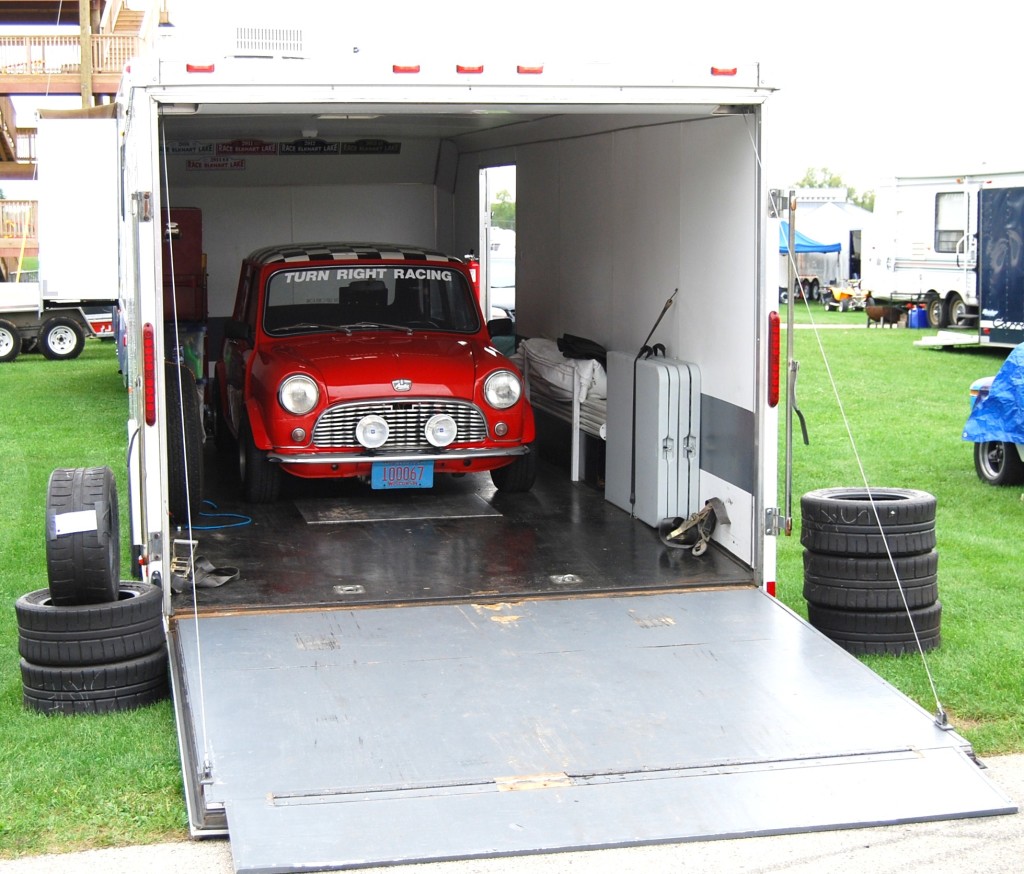
Chances are pretty good you want your trailer to be ready to hit the road when the 2016 racing season starts. Lubrication of the trailer’s wheel bearings should be part of your preparations. Did you ever consider how essential it is to give your trailer lube service? If it’s stored outside, greasing the wheel bearings is an especially important part of annual trailer maintenance.
Trailers have lots of bare metal parts that do not get used very often and tend to develop light rust from sitting. Check the metal door latches on the trailer door or the clamp that locks the hitch down on the hitch ball. Check the ball itself and the inside of the receiver on the tow vehicle. Chances are pretty good you’ll see some surface rust on these parts. That same type of oxidation is probably setting in on the wheel bearings if they’re not adequately coated with lubricant.
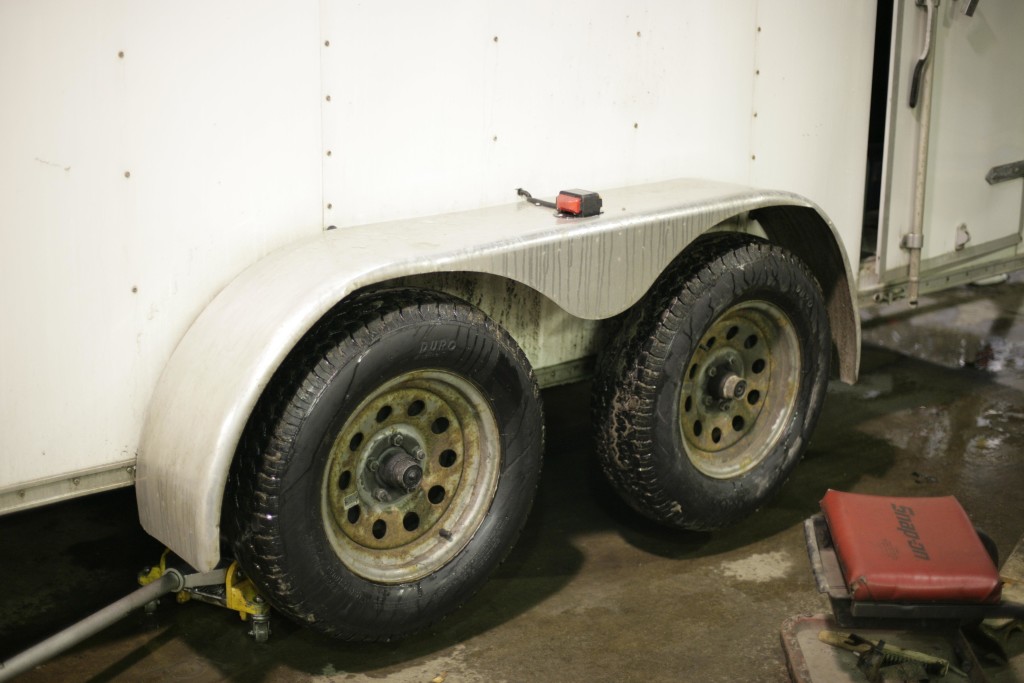
Trailer wheels are dependent on periodic lubrication, a job that many racers skip over. Only a thin film of lubricant prevents catastrophic failure of the metal bearing surfaces that turn on each other. Prolong – a company that supplies lubricants for trailer wheels – recently reported on the actual case of a heavily used tandem axle trailer that needed wheel bearing lubrication quite badly. Prolong pointed out that its line of “Super Lubricants” are the best products it offers for use on trailer wheels.
Natural lubrication and protection go hand-in-hand when considering an oil or lubricant to use on vehicles and equipment including trailers. The “efficiency” of the products used is important, too. An efficient lubricant will do its job better, last longer, and be more forgiving if service is put off for a while. To properly lubricate trailer wheel bearings, you need an extreme performance (EP) multi-purpose grease. It should be formulated with an anti-friction metal treatment that provides lubrication and protection under severe loads and pressures.
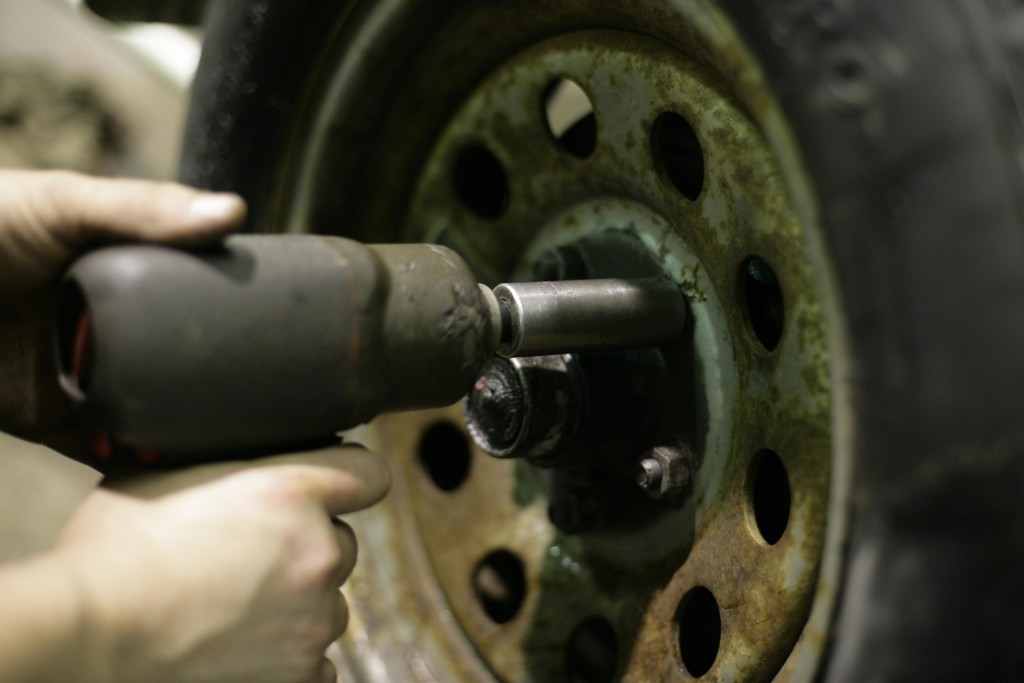
Another important characteristic of a good trailer wheel grease is shear resistance. Any lubricant suitable for trailer wheel bearings will resist shearing at the molecular level where lubricants start to fail and cease to be effective. The proper lubricant will be formulated to protect against damage at places where the metal parts of the wheels and axles ride on or turn against other metal parts. Where you have metal-on-metal activity, you get friction and heat building up.
Unfortunately, many infrequently used trailers are serviced only with conventional greases that don’t protect the trailer’s wheel bearings as well as an extreme performance grease. Extreme Performance (EP or EP-2) multi-purpose greases are the best products to use on the wheel bearings of a single or tandem axle trailers, even if the trailers have seen tens of thousands of miles of use. The extreme performance lubricants give continuing protection that you’ll appreciate after making long-haul trips while pulling a collector car on a trailer behind you.
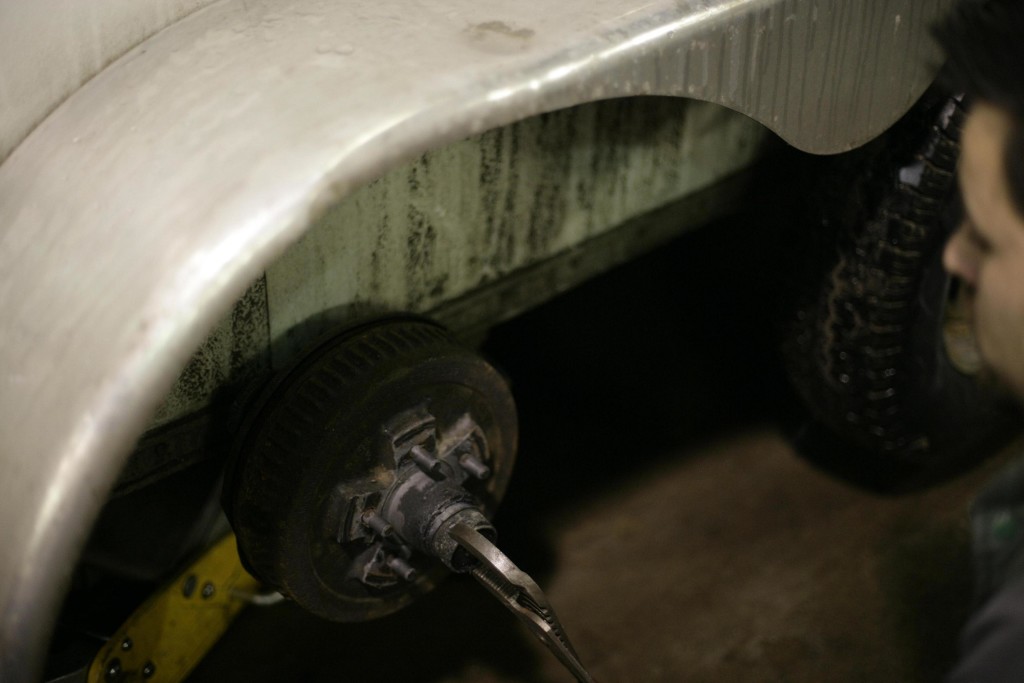
To lube your trailer’s wheel bearings, you should start by jacking the trailer up and safely supporting it so that the wheels and tires on each side can be raised off the ground and removed. Before the tires are completely off the ground, use a large X-type lug wrench or air-impact gun to loosen the lug nuts and remove them. Place the lug nuts in a bag or container so you don’t lose them. Carefully pull the wheels off the trailer and remove the dust cap on the drum in order to gain access to the nut that secures the drum to the axle.
Most likely you’ll see old grease that looks gray. That indicates a general purpose lubricant that’s nearly at the end of its service life. The gray color of the old grease is caused by the grease getting contaminated by metal particles combined with molecular breakdown of the general purpose lubricant. A rag can be used to remove any old lubricant that remains on parts of the wheels and bearings. Next, remove the cotter pin and clean it up, since it will be reused later.
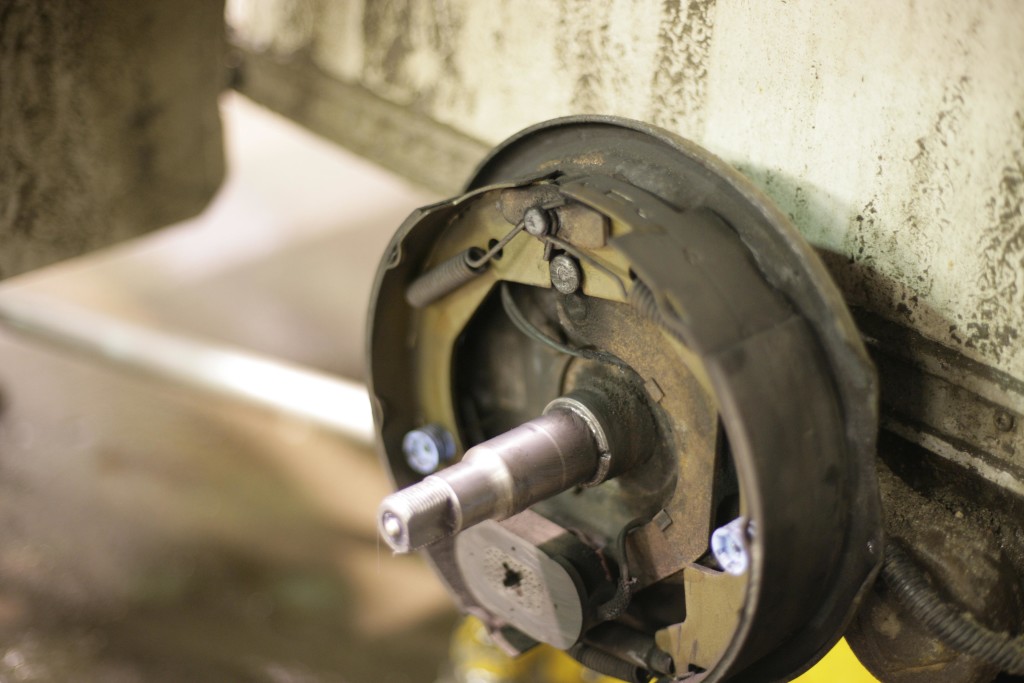
After removing the large nut from the axle, coax the brake drum off the spindle as gently as possible. You’ll probably see some wear on the old spindle. Since existing wear cannot be reversed, preventing the wear from accelerating in the future is your next best option. The best way to prevent additional spindle wear is to use your extreme performance grease to lubricate the end of the axle.
The inside of the brake drum should be cleaned out with a shop towel. If the bearing races are in good shape, they can just be reused after you clean them up and apply a generous amount of extreme performance grease. The inner bearing is now ready to be re-installed and coated with lubricant. Next, the grease seal can be removed using a seal remover tool. The grease seal is a small, but important part that ensures no foreign matter will enter the bearing.
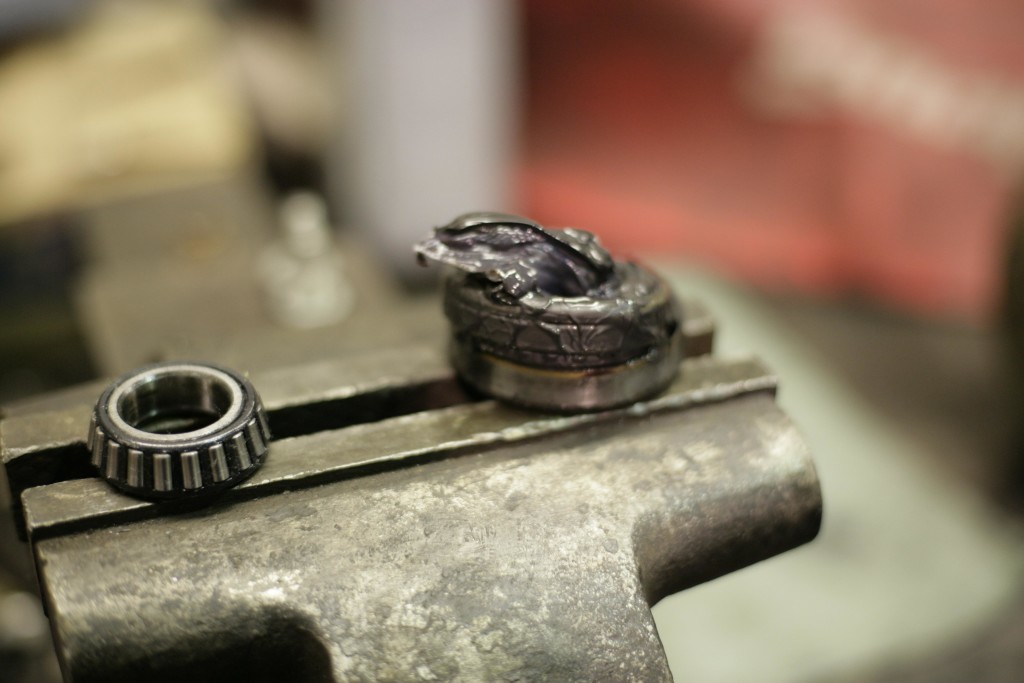
Next, the outer bearing should be coated with extreme performance grease. The drum can now be replaced on the spindle and properly re-installed by reversing your steps. Finally, tighten the large nut with a torque wrench and install the cotter pin to prevent the nut from spinning loose. The wheels can be re-installed and then you can tighten them with the lug wrench or impact gun.
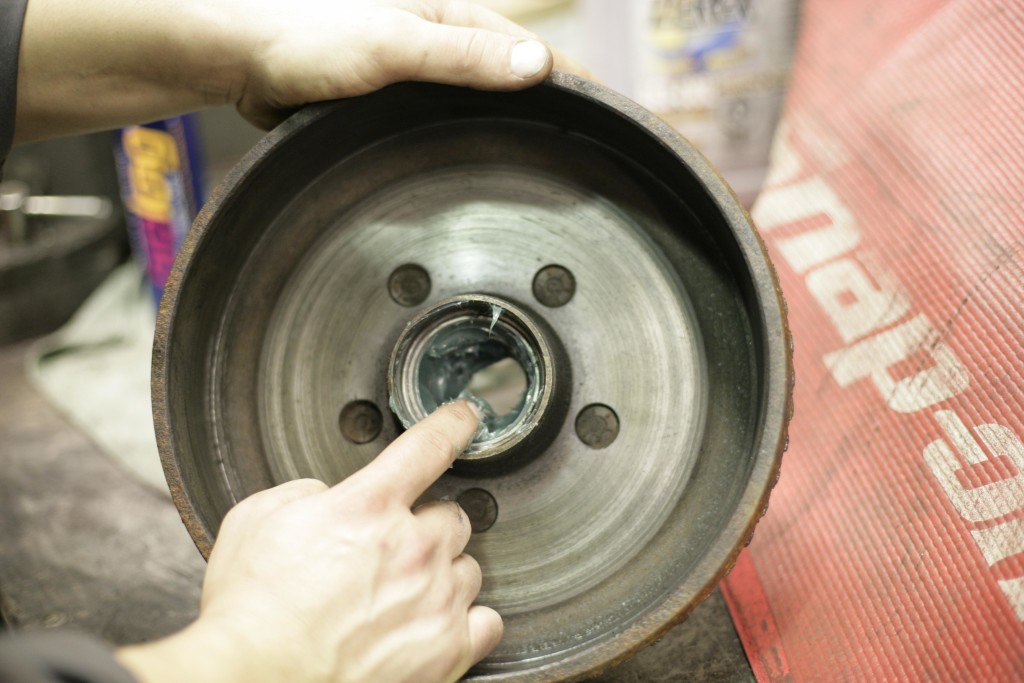
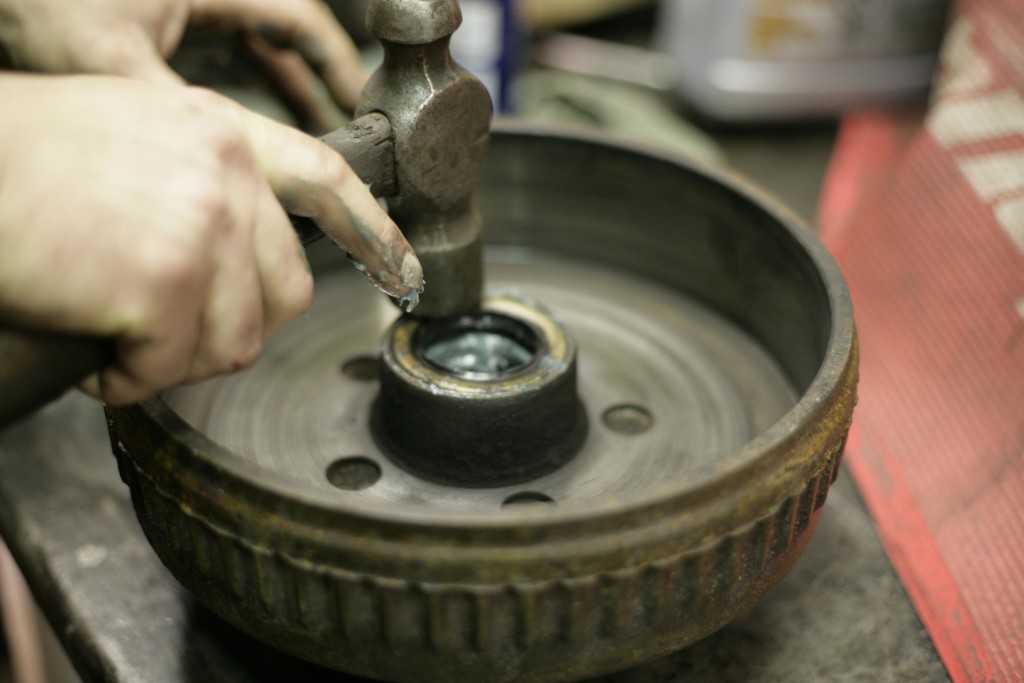
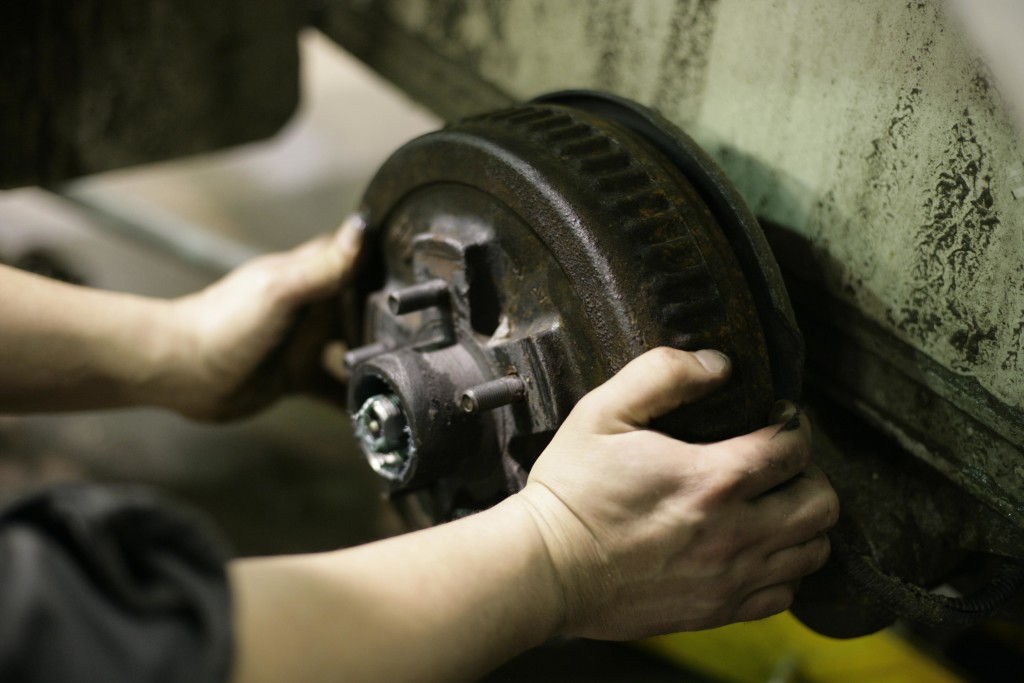
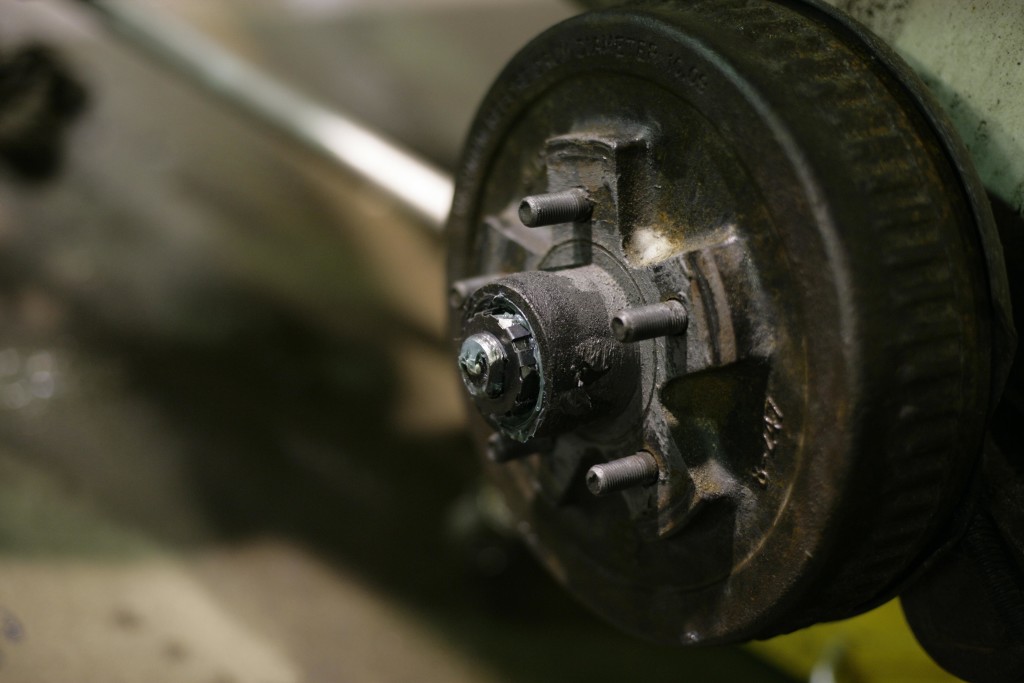


Leave a Reply